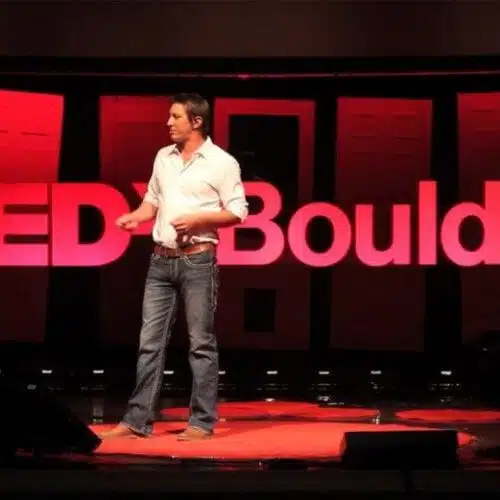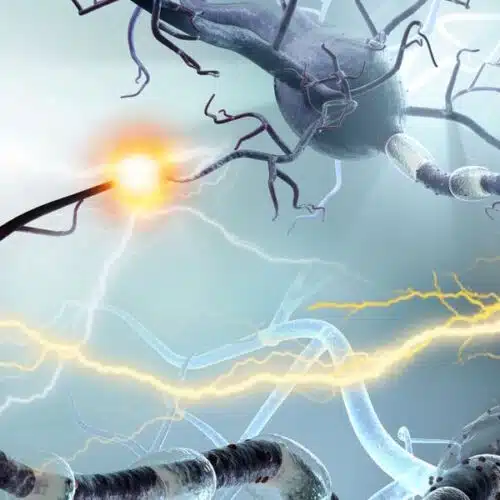A Tale of Equanimity: Cancer and Cannabinoids
Translational Science suggests that the balance your body is attempting to maintain order by creating dis-order.
By Dr. Michelle Sexton | Phytalytics.Org
The second law of thermodynamics states that in any ‘closed system’ the amount of entropy (disorder) will tend to increase.
Living organisms are constantly exchanging matter and energy with their surroundings and so technically are ‘open systems’. Living systems are not in equilibrium, but instead are dissipative systems that maintain their state of high complexity by causing a larger increase in the entropy of their environments.
Thus, in thermodynamic terms, metabolism maintains order by creating disorder: BALANCE!
In the case of cancer, this disequilibrium on the part of cells is now considered to be ‘epidemic’ and no longer a disease of just the developed world, but is now a leading cause of death and disability in poor countries.
The Lancet, a prestigious medical journal published in Great Britain, has concluded that 5% of global resources for cancer are spent in these poorer countries, whereas 80% of ‘disability-adjusted life years lost’ come from these countries.
This is another example of dis-equilibrium.
Manuel Guzman, a biochemistry professor at Complutense University in Madrid, has been investigating mechanisms underlying the anti-tumoral activity of cannabinoid compounds.
Many chemotherapies work by interacting with the DNA of a cell, thereby conferring toxicity to the cell. Others just shut down DNA replication so that cells can no longer divide.
One problem with a drug like this is that it is not selective for cancer cells only, but will destroy any actively dividing cell, like hair cells, and the cells lining the gut.
A cell in a state of equilibrium should normally self-destruct, but we have learned that cancer cells have by-passed their own self-selecting mechanism, and live on, despite the fact that their internal machinery should have triggered some form of programmed cell death.
One type of cell death is called autophagy, from the Greek “to eat self”.
There is a special structure inside a cell called a lysosome, which is in place to help clean up the internal mileu of the cell by using enzymes to break things down. This is akin to breaking down boxes for recycling. So think of the lysosome as the garbage system of the cell.
Autophagy is the prime mechanism by which cannabinoids facilitate a cell to self-destruct (the work of Dr. Guzman and colleagues).
Success at treating cancer is often attributed to having several attack plans, such as combing surgery with chemotherapy with radiation (see the film “Cut, Poison Burn”).
In the case of cannabinoids, Dr. Guzman has demonstrated that a double whammy with a high dose of THC/CBD combined with chemotherapy may be a different sort of anti-cancer cocktail.
There is a phenomenon being widely reported that Cannabis cures cancer. The gold standard for clinical research is the randomized controlled clinical trial.
To date, no trial of this type has been conducted to investigate/demonstrate whether or not Cannabis cures cancer. Dr. Jeffrey Hegenrather, in the recent issue of O’Shaughnessy’s cautions that for the “cancer patient who is using Cannabis in hope of a cure: don’t forego appropriate conventional therapy”.
So while we have some really good basic science background for cannabinoids in the treatment of cancer, there is a dis-equilibrium in the sense that a giant wave has rocked the Cannabis community, and some cancer patients may be abandoning their conventional cancer therapies.
This report is, in part, a call for balance, for this tidal wave to dissipate and to step back and allow the pre-clinical data to ripple into the clinical data. We can track the patient anecdotes while supporting the experts to determine what are the best designs and cocktails for testing in clinical trials.
These results, combining natural plant and synthetic medicines may then trickle down even to the poorest countries, offering hope and relief from suffering.


